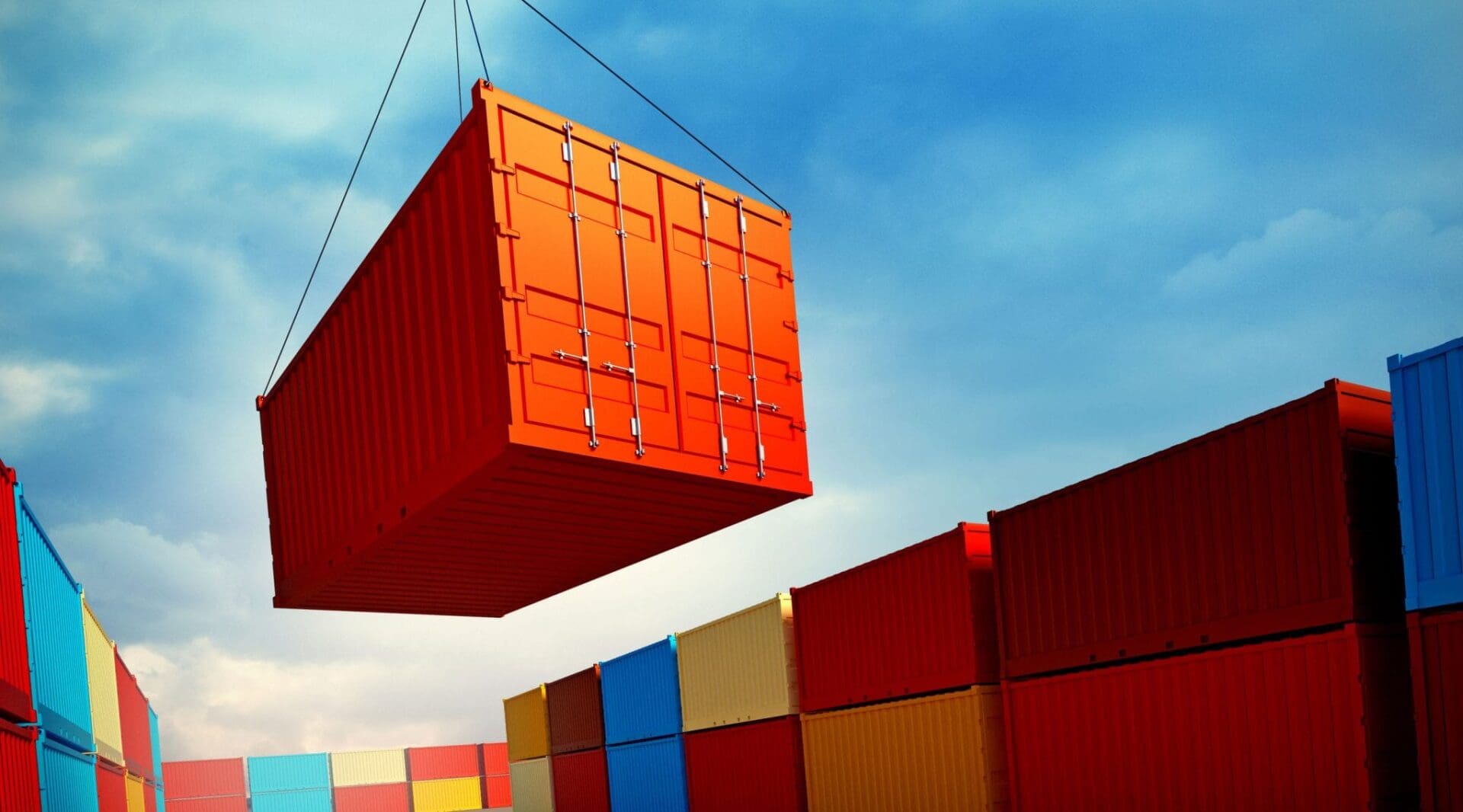Duty Drawback News
News Alert
> 03/13/2025 > Update: Section 232 Aluminum and Steel Reporting Guidelines
> 3/13/2025 > Urgent Update: Section 232 Tariffs Set to Take Effect
> 03/04/2025 > Canada, Mexico, and China Retaliatory Tariffs
> 03/04/25 > TARIFF UPDATE: Canada, Mexico, China, Steel & Aluminum
> 02/28/2025 > USTR Requests Comments on Foreign Trade Barriers and Non-Reciprocal Tariffs
> 02/27/2025 > Update on China, Canada, And Mexico Tariffs
> 02/26/25 > Will The New Additional Tariffs Affect My Customs Bond?
> 02/14/2025 > White House Issues Annexes Listing Section 232 Steel and Aluminum Derivatives

Duty Drawback News
Posted on Feb 29
The recently enacted Trade Reconciliation and Trade Enforcement Act of 2016 (H.R. 644), also referred to as Customs Reauthorization, contained landmark language designed to ease the burden of the duty drawback refund process. This has been “in the works” for 10 years.
The United States Congress originally instituted drawback in 1789. Currently drawback provides for a refund of regular duties, taxes, and fees on imported merchandise subsequently exported from the United States, either in the same condition as imported or following a manufacturing process. The purpose of the law is to enhance a company’s ability to compete globally by essentially lowering the cost of U.S. exports through this tax refund measure. Increased export activity directly results in economic expansion and domestic job creation. According to Department of Commerce economic statistics, nearly 40% of the total job growth between 1993 and 2012 was directly attributable to expansion of U.S. export volume.
In its current structure, the drawback process is extremely cumbersome and the costs of administering a drawback program discourage many from participating. Companies simply do not want the additional financial burden or the potential liability for non-compliance. The new legislation addresses these issues and streamlines the claim process. All of this is to allow for increased refunds. In addition to the liberalization of the substitution rules, the legislation includes the following key provisions and significant changes to the existing drawback program:
Proof of Export: Claimants can now use the AES (Automated Export System) reporting record to substantiate export activity.
Simplified Time Frames: The new law simplifies the time frames by establishing one uniform period for all types of drawback – five years from the date of import to the submission of the drawback claim to CBP that encompasses said import.
Multiple Party Drawback, Joint and Severable Liability: Under the new law, in instances where multiple parties are involved in the import and export of the merchandise, liability is shared between the parties if drawback is denied due to a lack of compliance.
Record Keeping Time Frames: The new requirement is 3 years from the date of liquidation of the claim (the final disposition of the claim following a Customs review).
Implementation of the Law: Claimants wishing to take advantage of the new law can do so starting two years from the enactment of the law. Even though there is a two year waiting period, keep in mind the retroactivity feature of drawback allows for 5 years of import history which means companies should immediately start the process of evaluating and organizing its import and export activity to maximize recovery under the new law.
The full article can be found here.
